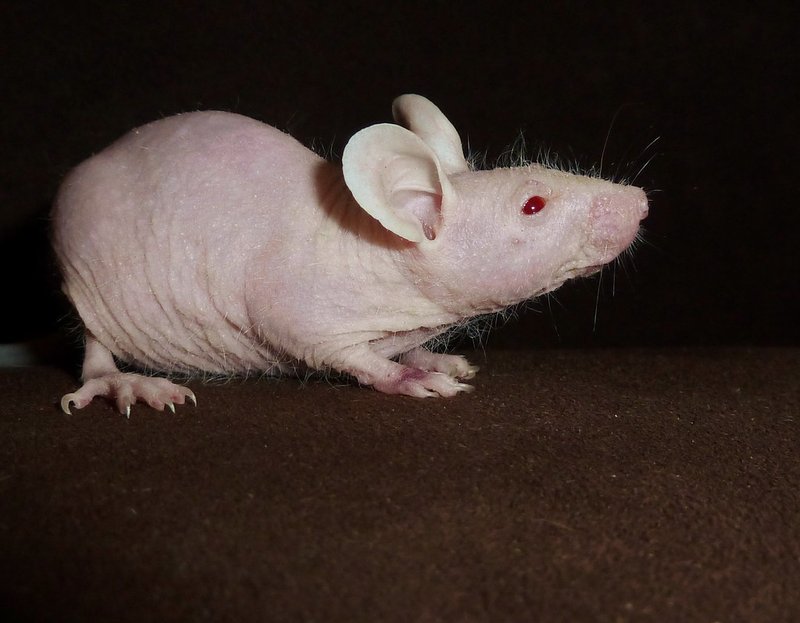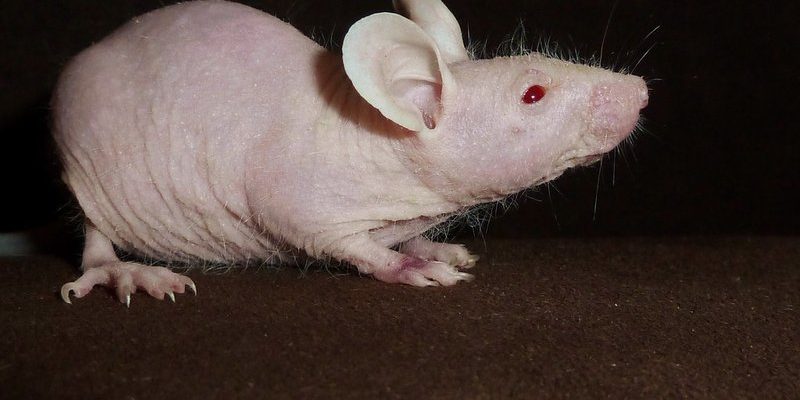
Hairless mice, scientifically known as *Mus musculus*, have become popular in both laboratories and homes. These rodents have had the hair gene altered, resulting in their smooth, bald appearance. Often used in research for genetic studies, they’ve also made their way into the hearts of pet owners. So, whether you’re a curious observer or thinking about adopting one, there’s plenty to learn about these unusual pets.
What Makes Hairless Mice Unique?
Hairless mice are not just cute; they have a few characteristics that set them apart from their furry counterparts. For starters, the absence of fur means there’s less allergen exposure, which could be a game-changer for people with sensitivities. This little feature alone can make them appealing to some potential pet owners. But there’s more to them than just looking different.
From a biological perspective, hairless mice are fascinating because they represent a genetic mutation. This mutation affects their skin and hair follicles, leading to the development of their unique look. You might be wondering about their health: while hairless mice can be prone to skin issues, proper care and living conditions can help them thrive. Think of them like gardening—if you give them the right environment, they’ll flourish.
Another interesting aspect is their social structure. Hairless mice are typically friendly and social. They enjoy the company of their human caregivers and can coexist well with other mice if introduced correctly. This behavior makes them fun to interact with, unlike some more solitary pets.
Appearance and Size
When you first see a hairless mouse, you’ll probably notice their smooth, pink skin. This appearance is in stark contrast to the furry mice you might be familiar with. They usually have a robust build, with a body size that’s similar to regular mice—typically around 2.5 to 4 inches long, not including their tails.
One defining feature of hairless mice is their large ears, which stand out even more without fur to frame them. Their skin can vary in color, from pale pink to darker shades, depending on the specific genetic lineage. Despite lacking hair, some might have a few stray whiskers and fine hair patches on their feet and tails. This unique look makes them a curious subject for pet enthusiasts and researchers alike.
Another fun fact is that hairless mice often have visible veins beneath their skin. This can make them appear even more delicate, which is something to keep in mind if you’re considering one as a pet. Handling them requires a gentle touch, as their skin can be sensitive.
Temperament and Behavior
If you’re thinking about bringing a hairless mouse into your life, you’ll want to understand their temperament. Generally speaking, hairless mice are social and inquisitive. They thrive on interaction, and you might find yourself entertained by their playful antics. Honestly, these little guys can be full of personality!
One thing that many pet owners notice is their curiosity. Hairless mice love to explore their environment, so giving them a safe space to roam can keep them happy and engaged. They do well in pairs or small groups, as they enjoy socializing with their own kind. Just like humans, they can get a little lonely if kept solo for too long.
Here’s the thing: they can be sensitive to extreme temperatures and stress. Because they don’t have fur for insulation, it’s crucial to maintain a comfortable environment for them. This means keeping their habitat at a stable temperature and providing them with plenty of hiding spots where they can feel secure.
Moreover, their playful nature often leads to entertaining behaviors. You might catch them climbing, digging, or even curiously inspecting new items in their habitat. Each mouse has its own personality, so getting to know them can be a delightful experience.
Care Requirements for Hairless Mice
Caring for hairless mice is much like caring for regular mice, but there are additional considerations due to their unique skin. They need a clean, spacious habitat with proper bedding materials. Avoid cedar or pine shavings, as these can irritate their sensitive skin. Instead, opt for paper-based bedding, which is soft and hypoallergenic.
A balanced diet is also crucial. Hairless mice thrive on a mix of pellets, fresh fruits, and vegetables. Some good options include carrots, apples, and leafy greens. Just remember to introduce new foods gradually to avoid tummy troubles.
Hydration is key too. Always provide fresh, clean water through a bottle or bowl. You’ll be surprised at how often they drink—keeping them hydrated is a vital part of their care routine. Additionally, holding and interacting with your mouse regularly can help build trust and reduce stress for both of you.
You might also want to look out for skin issues as they can happen more frequently due to their lack of fur. Regular check-ups with a vet can help catch any problems early, ensuring your pet stays healthy.
Common Questions about Hairless Mice
You may still have some lingering questions about hairless mice. Let’s tackle a few common ones.
First, do hairless mice require special care compared to their furry friends? Honestly, not too much. They still need love, attention, and a clean living environment. Just remember to be gentle with them, as their skin is more sensitive.
Another question is whether hairless mice make good pets. If you’re after a small, social animal, they can be great companions. Their playful nature often makes them fun to observe and interact with. Plus, for those with allergies, they could be a solid option.
Lastly, can they live with other types of pets? Introductions should be handled with care. While they can get along well with other mice, larger animals like cats or dogs might see them as prey. Always supervise any interactions to keep your little buddy safe!
Final Thoughts on Hairless Mice
In summary, hairless mice are charming little creatures with unique traits that set them apart from other pets. Their smooth appearance, playful temperament, and social nature make them intriguing companions. If you’re someone who appreciates a pet that’s both cute and a bit different, a hairless mouse might just be the perfect fit for your home.
As with any pet, understanding their needs and personality will make for a happier relationship. Whether you’re considering adding one to your family or simply curious about these fascinating animals, there’s so much to appreciate about hairless mice. Remember, they’re not just mice without hair; they’re lively little beings with big personalities and a lot to offer!

